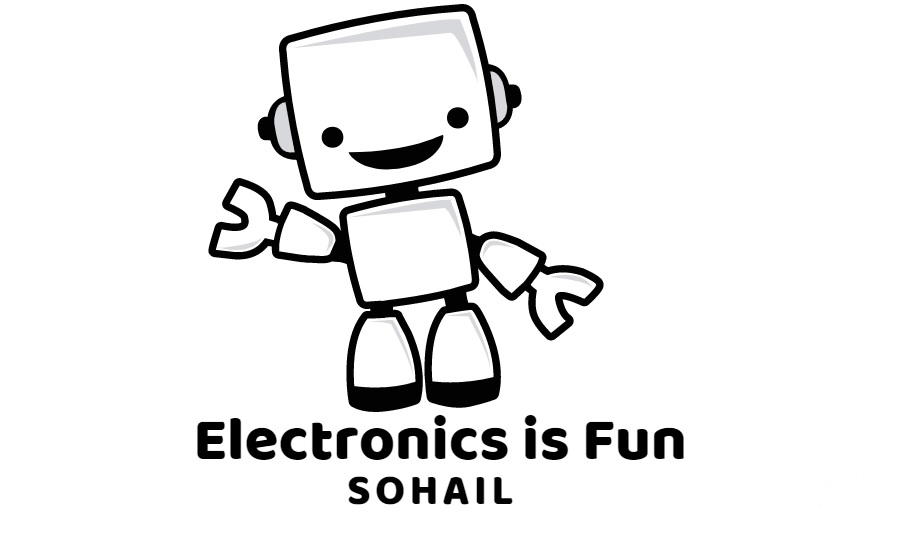Solar Panels
Solar panels are a technology that allows us to harness the power of the sun to generate electricity. They are becoming increasingly popular as a source of renewable energy, and are being used to power homes, businesses, and even entire cities. In this blog post, we’ll take a closer look at what solar panels are, how they work, and why they are an important part of our energy future.
What are Solar Panels?
Solar panels, also known as photovoltaic panels or PV panels, are made up of a series of photovoltaic cells that convert sunlight into electricity. These cells are typically made of silicon, which is a semiconductor material that is used to create electronic devices. The cells are sandwiched between a layer of glass or plastic, and a protective backsheet, which helps to protect them from the elements.
How do solar panels work?
Solar panels work by absorbing sunlight and converting it into electricity. The photovoltaic cells in the solar panel are made up of two layers of silicon, one with a positive charge and one with a negative charge. When sunlight hits the cells, it excites the electrons in the silicon, causing them to move from the negative layer to the positive layer. This movement of electrons generates an electrical current, which can be used to power devices or stored in a battery for later use.
In this blog post, we’ll walk through the steps required to generate solar energy and store it in your house.
Step 1: Install solar panels
The first step to generating solar energy is to install solar panels on your roof or in your yard. Solar panels are made up of photovoltaic cells that convert sunlight into electricity. You can hire a professional solar installer to help you determine the best location and configuration for your solar panels, or you can purchase a DIY solar panel kit and install them yourself.
Step 2: Connect your solar panels to an inverter
Once your solar panels are installed, you’ll need to connect them to an inverter. The inverter converts the DC (direct current) electricity generated by the solar panels into AC (alternating current) electricity that can be used in your home. You can purchase a string inverter or a microinverter depending on the size and configuration of your solar system.
Step 3: Install a solar battery storage system
If you want to store excess solar energy for later use, you’ll need to install a solar battery storage system. A solar battery stores the excess energy generated by your solar panels during the day, and releases it back into your home during times when your solar panels aren’t producing energy (such as at night). This allows you to use your solar energy even when the sun isn’t shining.
Step 4: Connect your solar battery to your inverter
To make use of the energy stored in your solar battery, you’ll need to connect it to your inverter. This allows your inverter to draw energy from your solar battery when your solar panels aren’t producing enough energy to power your home.
Step 5: Monitor your solar energy production and usage
Once your solar energy system is up and running, it’s important to monitor your energy production and usage to ensure that you’re making the most of your solar energy. You can install a monitoring system that allows you to track your energy production, usage, and battery storage levels in real-time. This will help you make adjustments to your energy usage to maximize your savings and reduce your carbon footprint.
Why are solar panels important?
Solar panels are an important part of our energy future because they offer a sustainable and renewable source of electricity. Unlike fossil fuels, which are finite and emit greenhouse gases that contribute to climate change, solar energy is abundant and emits no greenhouse gases. Solar panels also have a lower environmental impact than other forms of energy generation, such as nuclear power or hydropower, which can have negative impacts on wildlife and ecosystems.
In addition to being environmentally-friendly, solar panels are also becoming increasingly affordable and accessible. As the technology has improved, the cost of solar panels has come down, making them a viable option for homeowners and businesses alike. Many governments also offer incentives and rebates for installing solar panels, further reducing the cost and making them a smart investment for the future.
In conclusion, solar panels are a technology that allows us to harness the power of the sun to generate electricity. They are an important part of our energy future, offering a sustainable and renewable source of energy that is becoming increasingly affordable and accessible. As we look for ways to reduce our reliance on fossil fuels and mitigate the impacts of climate change, solar panels will continue to play a key role in our transition to a more sustainable energy system.









0 Comments